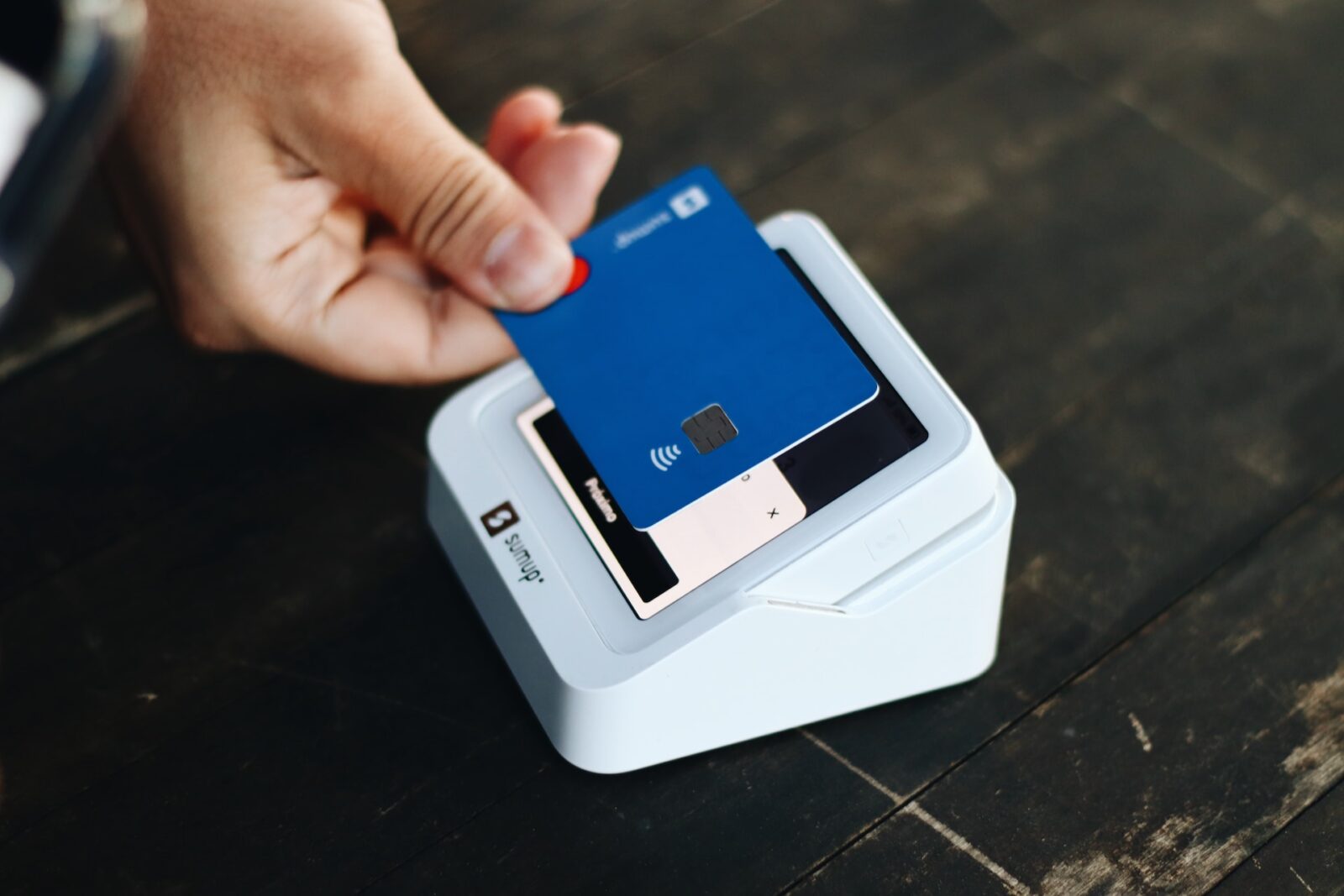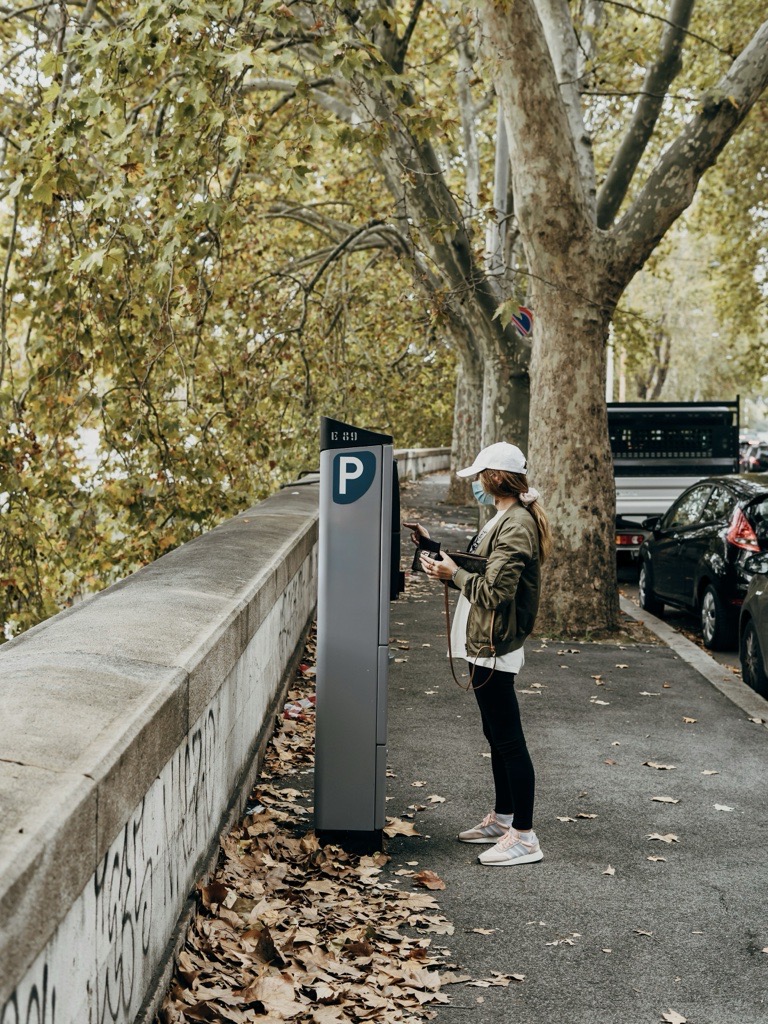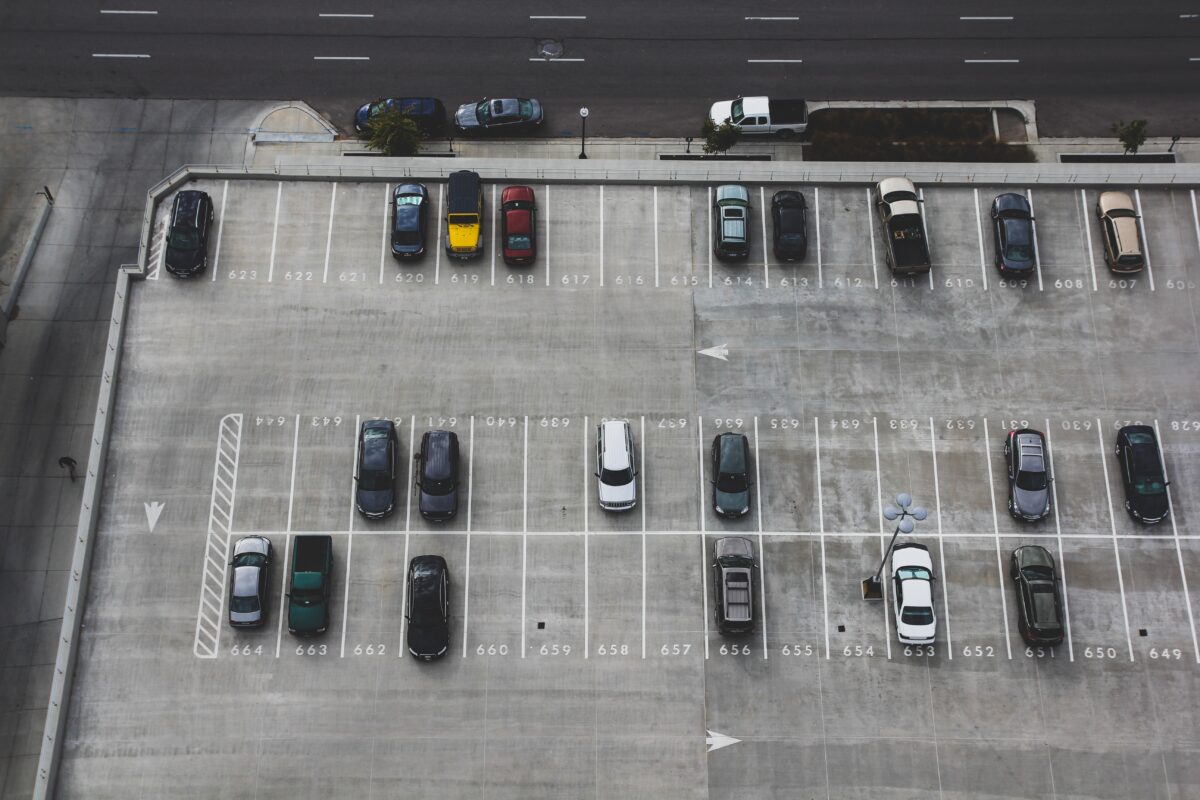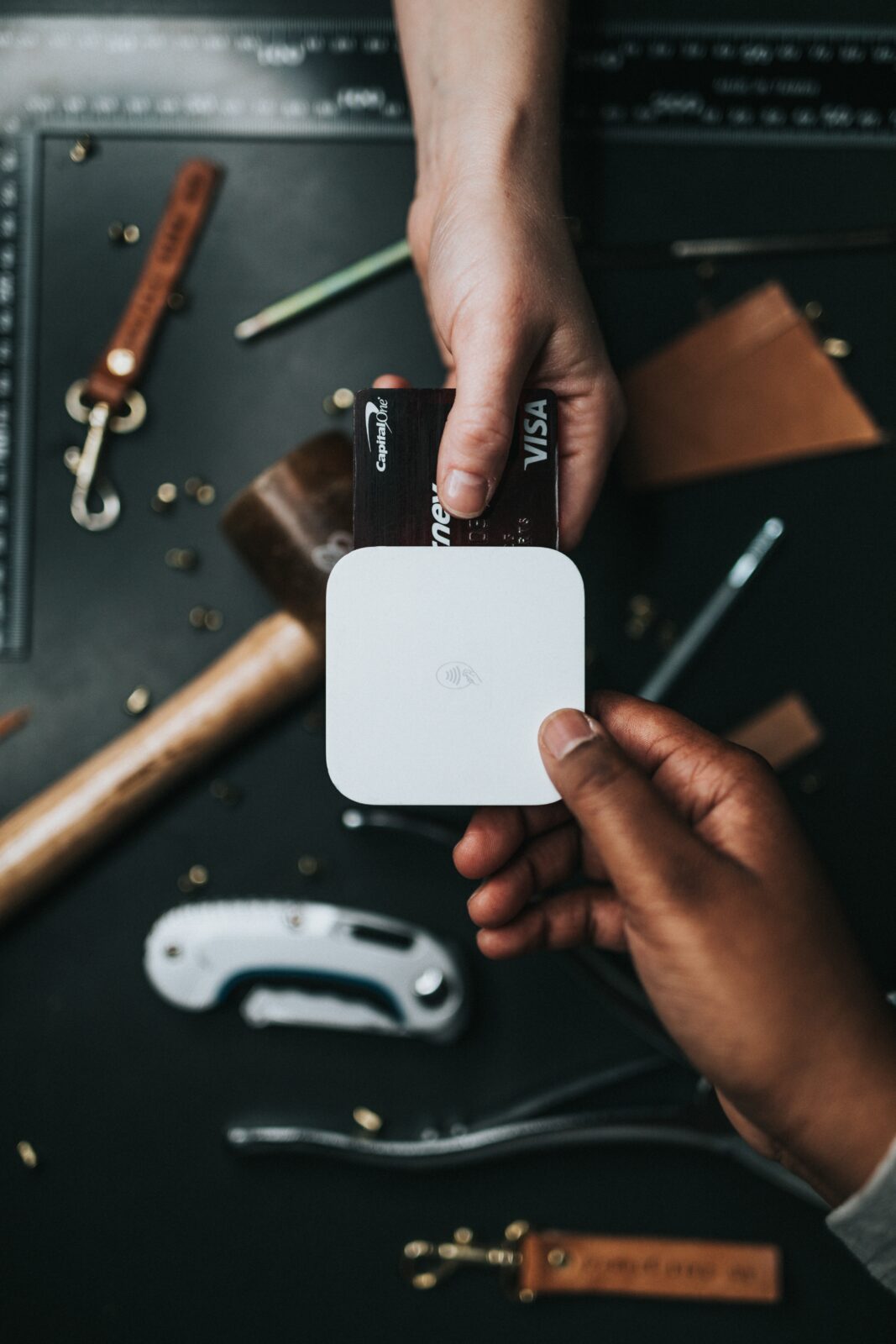
A brief history of contactless parking payments
It’s no secret that we love contactless payment systems now. In fact, the RBA reported back in 2019 that around half of all in-person payments were made by ‘tapping’ a debit or credit card on a card terminal, part of an ongoing trend towards what some commentators predict will be a completely cashless society. A brief history of contactless parking payments.
A convenient way to pay
It’s a convenient way to pay for low-cost items and services, and we have naturally therefore adopted it. More and more, this is also applicable to how we pay for parking. Parking Australia’s contactless parking directory reveals that across the country there are many parking providers adopting this contact-free technology. But where did it come from? And how did we get here?
It started with grain and gold.
There are certain preconditions that were required for the creation of the contactless parking payment systems we use today. The most important two are the development of cashless payments and the evolution of parking payment systems.
In the scope of human history, cashless transactions actually predate cash. By consensus, it is believed that humans probably began first trading with each other in barter systems before recorded history.
As far as currencies that modern people might recognise go, we see that gold coins emerged as a form of commodity money around the 6th or 5th century BCE, and we have some evidence of representative currency systems predating those, as early as the 14th century BCE in ancient Egypt, where a system of bartering grain turned into trading notes that represented grain instead.
Various forms of cash-free payment are seen at different points in history. Money orders, cheques, and charge, credit and debit cards are some of the clearest examples recognisable to the modern reader.
Oklahoma City, 1933: where payment met parking.
This nonlinear and meandering evolution of currency finally converged with parking payments in 1933. Oklahoma City was suffering problems with traffic control and spaces for vehicles when Carl Magee began work on the very first parking meter. His design was manufactured and patented, and it was installed in Oklahoma City on the 16th of July 1935, where paid parking enjoyed its first success as a method of controlling traffic congestion and motorist behaviour.
(The Magee-Hale Park-o-Meter manufacturing company later became POM, and they still manufacture meters in America today—including meters that now facilitate contactless payments by cell phone!)
As far as purely contact-free, cash-free payments go, home computer-based banking was technically available (in some places and to some people, of course, as computers were not ubiquitous in the home as they are today), in the 80s. But when it comes to the specific kinds of transactions used to pay for parking—always on the spot and in person—our turning point is 1997. That’s when we saw the release of Mobil’s Speedpass.
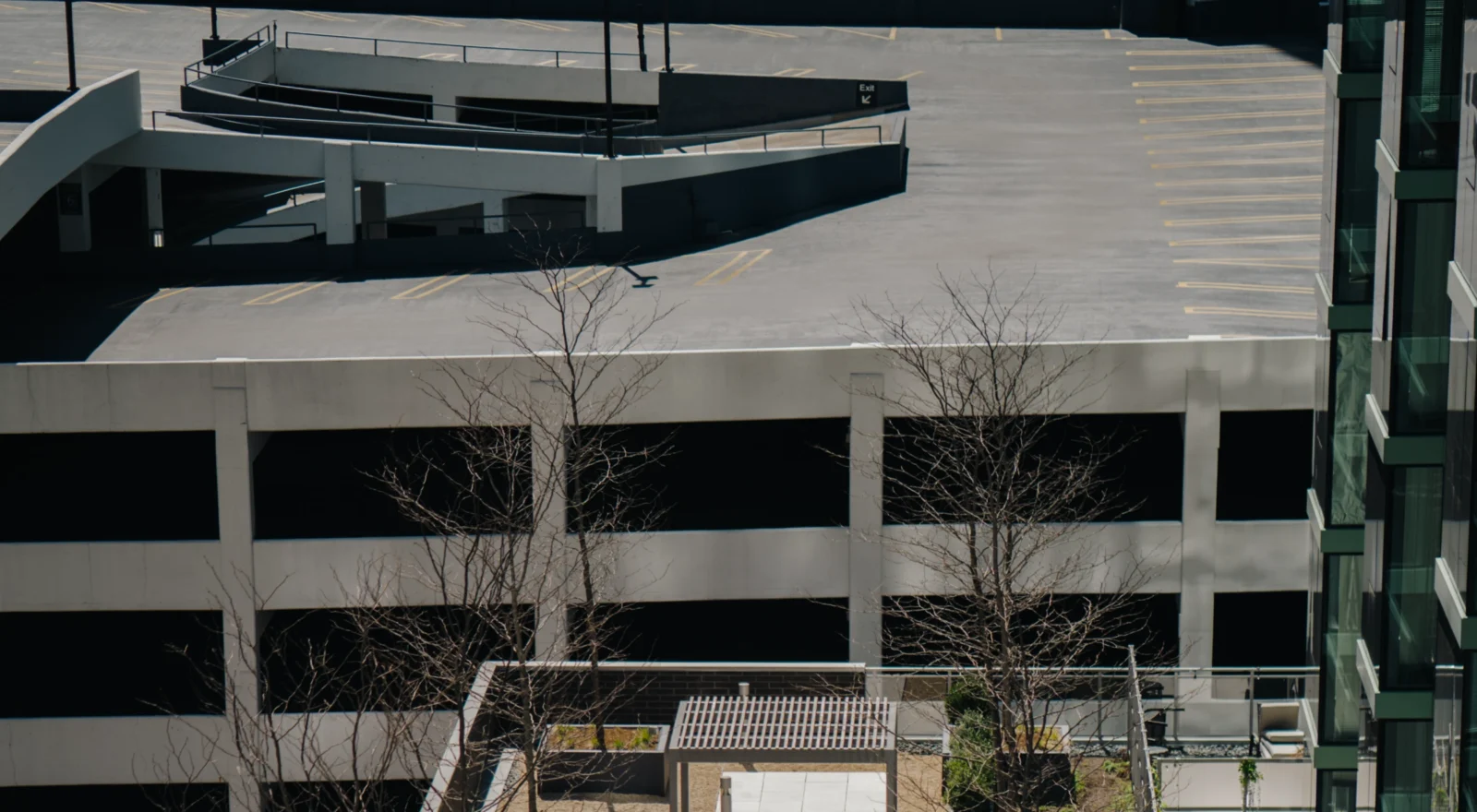
A brief history of contactless parking payments
Speedpass is a keychain device using radio frequency identification (RFID), a technology that uses electromagnetic fields to track information attached to objects. The device linked to a credit card, and allowed touch-free, cash-free payment at participating retailers.
Exxon-Mobil has now transitioned to Speedpass+, a smartphone application that uses the phone’s location data to help secure transactions, but the Speedpass RFID service remained operational until 2019, when it was at last retired.
From 1997, cashless, contact-free payments were increasingly available. PayPal was launched in December 1998 in the USA and acquired by eBay in 2003, allowing thousands of people to make purchases at any inadvisable time of night they pleased.
The company then began operation in Australia in 2005, affording us the same privilege. The eBay-PayPal relationship hasn’t continued—eBay spun PayPal off into a separate, publicly-traded company in 2015, and in 2018 it announced that it would no longer use PayPal as its primary payments processing partner.
In the sphere of parking technology specifically, the parking meter made technological advances, but they were still largely mechanical right through the 1980s. Most cities didn’t begin replacing their mechanical meters with battery-operated ones until the mid-90s. New York started making this shift in 1995, and the last mechanical meter was replaced in 2006.
From the late ‘90s to the mid ‘00s, various systems of contactless, cashless payment were examined as new possibilities, and contactless mobile phone payments came along late in that period. Smart card parking payments were implemented in some European locations, but received criticism for inconvenience and limited scope.
Mobile phone payment services for parking payments have operated for 16 years: cellular phone RFID gets mentioned as an emerging technology in the literature of the time. However, their implementation across local government areas and councils didn’t become common until they seemed like a sure thing—for most, this wasn’t until we saw true parking payment applications develop for the smart phone. By 2014, those systems were at the cutting edge of proven technology, and still greeted as new and innovative.
We were moving toward cashless payment methods at that time in most other spheres as well. By 2015, BBC news was reporting that in the United Kingdom, 52% of transactions were electronic—not cash. They also predicted a further decline of up to 30% in cash payments over the next 10 years.
That prediction didn’t account for the COVID-19 pandemic.
The pandemic has been the strongest recent driver for the adoption of cashless, contactless payment options. Because cashless, contactless payments don’t require motorists to touch any object that is shared among the public, they entirely eliminate parking payments as a vector for transmission, but they ensure that business continues as usual.
A significant minority of Australian transactions were still made using cash in 2019, according to a report from the RBA on Consumer Payment Behaviour in Australia. But as soon as the seriousness of the pandemic settled into the minds of most of the population, we began to see businesses rejecting cash payments.
Cash might be legal tender, but businesses are still able to refuse it. In the interests of protecting their business, many opted to exercise that right and preserve the maximum practical social distance between their staff and customers.
In light of concerns around social contact and the spread of disease, the Australian payments industry increased the contactless transaction limit from $100 to $200. The change started rolling out across cards and retailers in April. That followed similar changes in other countries around the world.
COVID-19 caused concerns about making physical contact with terminals, giving motorists a strong new motive for trying parking app technology, which drove mobile app usage up to 70-90% of transactions, instead of the earlier standard 50/50 split between mobile and meter.
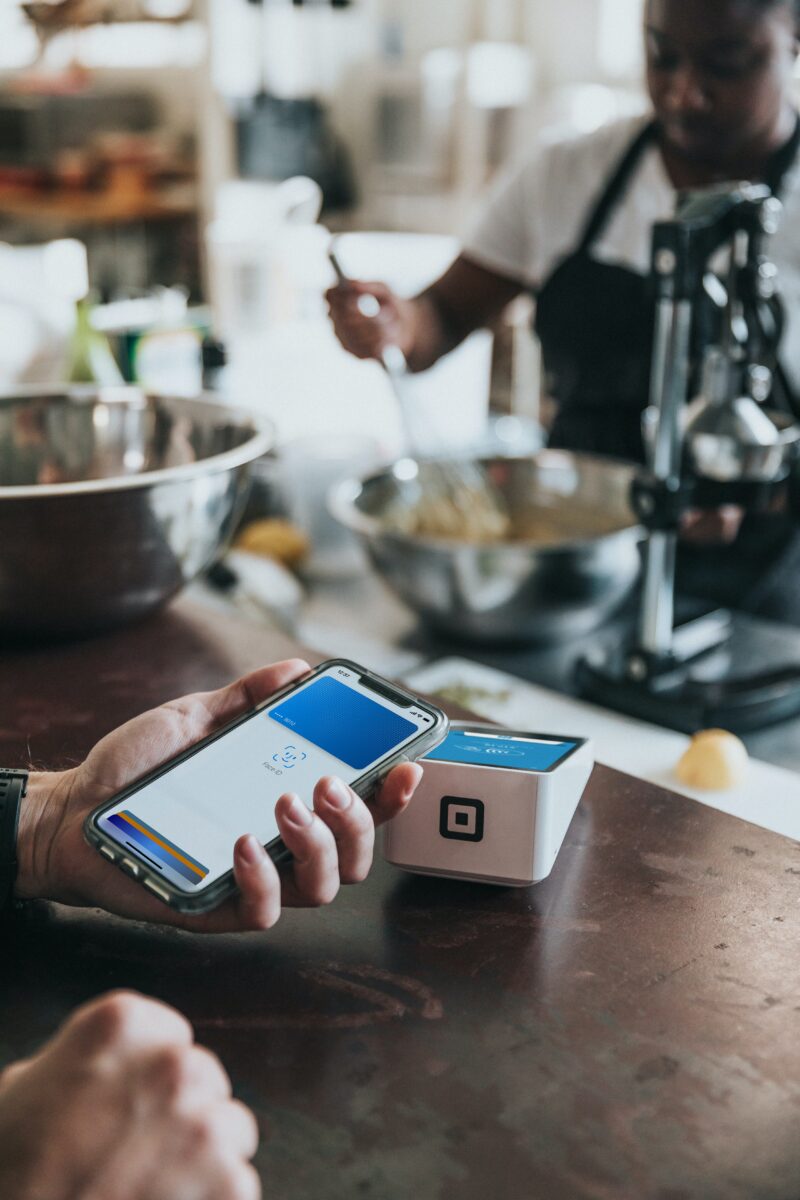
Contactless payments have continued to see huge growth in the years following the COVID-19 outbreak.
At a recent speech given at the AFR Banking Summit 2023, Ellis Connolly, Head of Payments Policy at the RBA, reported that not only are around a third of consumers making contactless payments by tapping a mobile device, but trends from other nearby countries like Indonesia, Malaysia and Singapore are showing a move to other fast payment methods, including fast electronic transfers.
The past is full of grain and gold. The future seems full of QR codes and smart payments. As for what that means for parking? A rising tide lifts all boats, so our rapid adoption of touch-free technology means the future of contactless parking apps is brighter than ever.
The future is contactless
Contactless payments have continued to see huge growth in the years following the COVID-19 outbreak. At a recent speech given at the AFR Banking Summit 2023, Ellis Connolly, Head of Payments Policy at the RBA, reported that not only are around a third of consumers making contactless payments by tapping a mobile device, but trends from other nearby countries like Indonesia, Malaysia and Singapore are showing a move to other fast payment methods, including fast electronic transfers.
The past is full of grain and gold. The future seems full of QR codes and smart payments. As for what that means for parking? A rising tide lifts all boats, so our rapid adoption of touch-free technology means the future of contactless parking apps is brighter than ever.
